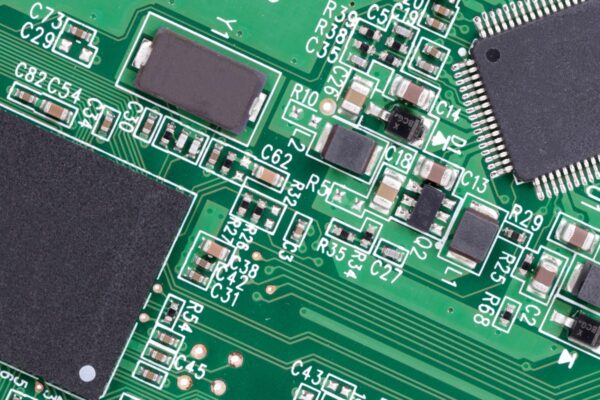What is Flux Residue
Flux residue is the residual material that remains on a circuit board after the soldering process. It is a byproduct of the flux used during soldering, which is an acidic mixture applied to remove metal oxide and facilitate the formation of metallurgical bonds. The residue left behind by the flux can pose various risks and issues if not properly managed.
Flux residue can be categorized into two types: benign and active. The classification is based on the risk of failure rather than the chemistry of the residue itself. The main constituents of flux that can impact the chance of electrical failure are activators, binders, solvents, and additives.
- Activators, which are weak organic acids, play a crucial role in achieving a good joint by reacting with metal oxides to form metal salts. However, if there is an excess of unreacted acid, it can lead to electronic failures.
- Binders, also known as vehicles, are insoluble compounds that prevent unconsumed activators from dissolving in water after soldering. They make up the majority of the visible residue. The choice of flux formulation with low concentrations of binders may enhance the appearance of clean assemblies but can increase the risk of failure.
- Solvents are used to dissolve the other constituents of flux, and it is essential to follow the recommended soldering profile to ensure complete evaporation of the solvent. Any remaining solvent can result in electronics failure.
- Additives, such as plasticizers, dyes, or antioxidants, are present in small amounts and their effects on reliability may be protected by intellectual property rights.
Different soldering methods, such as surface mount reflow, wave, select, or hand soldering, pose varying risks due to the different volumes of flux used. It is crucial to control the application flow and volume of flux to reduce the risk of excess and hard-to-control liquid flows.
To assess the risk level associated with flux residue, industry-standard methods such as the resistivity of solvent extract (ROSE) test and ion chromatography can be employed. The ROSE test monitors ionic cleanliness during cleaning operations, while ion chromatography measures the number of ions left after soldering and detects the amount of weak organic acids from the flux. However, it is important to note that there is no standard pass or fail criterion for interpreting the results of ion chromatography.
Frequently Asked Questions
Do You Apply Flux Before or After Soldering
Soldering flux is a chemical substance that is applied prior to and during the soldering procedure of electronic components. It can be utilized for both manual and automated soldering processes. The primary purpose of soldering flux is to prepare the metal surfaces by cleansing and eliminating any oxides and impurities before soldering.
Can Soldering Damage PCB
Bad soldering can potentially damage a PCB. Moreover, the presence of moisture during the soldering process can lead to contamination of the PCB pad and other components. This contamination has the potential to cause burning of PCB components and result in connection issues.
Why Clean PCB After Soldering
The residue left on the PCB after soldering is a result of the flux used in the soldering process. This residue can react with air humidity and lead to the corrosion of the board. Therefore, it is necessary to thoroughly clean the board to remove these residues before assembly and packaging.
Is Leaving Flux on PCB Bad
All types of solder flux, including no-clean flux, leave residues on PCBs. These residues are said to not require cleaning, so it is generally acceptable to leave them on the PCB without any negative impact on product performance.
What Type of Flux Should Not Be Used in Electronics
The disadvantage of using rosin flux in electronics is that it can leave behind a residue on the PCB board. Additionally, it has the potential to contaminate the manufacturing equipment. Moreover, in harsh conditions, rosin flux may not perform effectively.
Does Flux Protect PCB
Flux plays a crucial role in safeguarding PCB circuits from oxidation, contamination, and moisture. This protection ensures that the printed circuit board can operate efficiently and without any issues, even in challenging environmental conditions.
How Do You Clean PCB Before Soldering
PCB Cleaning Before Soldering
In the case of older boards that may have oxidation or accumulated contaminants, it is necessary to clean them before soldering. When working on such a board, the initial step would involve using isopropyl alcohol to eliminate the contaminants.





